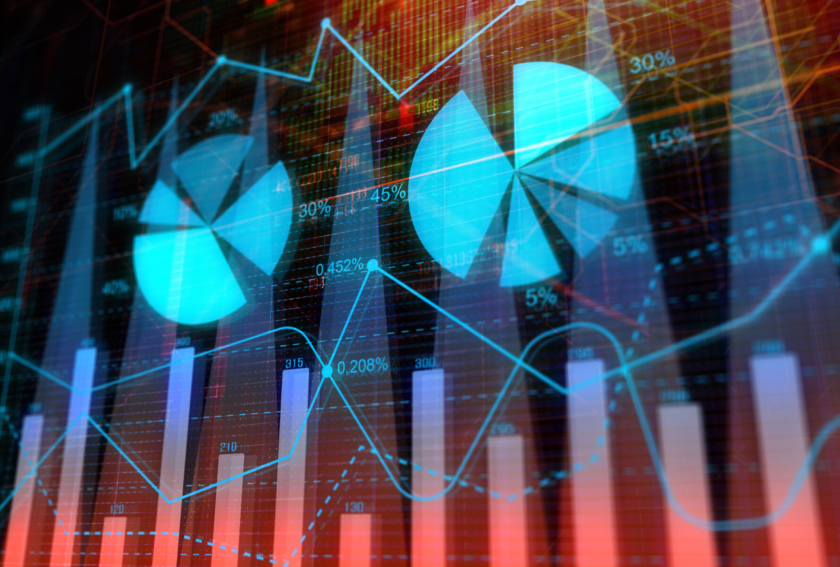Fund managers comment on China’s announcement of -6.8% GDP and what this means for investment into the country
China has announced first quarter figures which show GDP contracted 6.8% year-on-year (yoy). As the first country effected by the Coronavirus all eyes are on its performance, while fund managers are assessing also whether it is now a ‘buy’ opportunity.
Nicholas Yeo, head of Equities – China at Aberdeen Standard Investments, said the contraction of the Chinese economy in the first quarter was “no surprise and the magnitude was broadly in line with expectations.”
Lynda Zhou, portfolio manager at Fidelity International agreed, seeing “weakness across the board, with retail sales -19% yoy, fixed asset investment (FAI) -16.1% yoy. On the other hand, export and import numbers are relatively resilient, with exports declining 11.4% yoy, imports mildly down 0.7% yoy. Trade surplus recorded an 80.6% drop to RMB 98.3bn. Consumption and FAI are likely to contribute a bigger portion towards GDP composition.
“On the positive side, disposable income only declined 3.9% (real basis). Most of the activities recovered quickly in March.”
All eyes are now will be on how the Chinese economy recovers. Yeo said. “The authorities have so far taken a targeted approach to stimulus and have yet to unleash the full power of fiscal and monetary might. But there is no doubt more will come, including tax cuts and exemptions as well as low cost loans.
“From a corporate perspective, companies are starting to provide guidance on the negative impacts to their earnings due to the COVID-19 outbreak. Certain companies and sectors appear more vulnerable whether because of high debt levels, exposure to travel or disruption to their supply chains.
“Importantly, the customers and supply chains of domestically oriented companies are largely based in China, so the bulk of their revenues and costs are renminbi based. This should help keep them more insulated from the effects of the pandemic around the world as well as the ongoing trade dispute with the US.”
Zhou said: “I expect a strong recovery in Q2 2020. Going forward we will continue to see structural improvements in GDP composition, with consumption taking a much bigger part, while trades will be relatively less important.” She added that she expects trade data to be “much weaker” in Q2 2020 due to the global outbreak of covid-19. “Domestic consumption and FAI related activities, which have recovered quickly since April, will become even more important.
Like You, Zhou said she sees “high expectation that more policy stimulus will be announced during the ‘Two Sessions’ meeting period.”
But she added, “I think the market may be disappointed on that as the policy front has shifted focus to stable employment rather than to maintain a high GDP target.” Small scale stimulus may still be expected, she said. “I do expect more reforms and opening up on the policy front, especially in the financial industry. This should support the market to continue to outperform.”
Need for caution
Cormac Nevin, Investment Analyst at Beaufort Investment, commented that “as with all Chinese economic data, it’s worth treating with a certain caution. The GDP rate targeted by the Chinese Communist Party for the past 10 years has hovered tightly around +6.8%, so it is poetic that the first negative print happens to simply reverse the direction.”
He noted that Asia Pacific stock markets “seemed untroubled” by the data release and rose on the hopes of further global economic re-opening. “However quickly economies re-open though, the stark rises in unemployment and falls in consumer income are likely to take far longer to resolve, which markets may currently not be sufficiently appreciating.
“While we expect markets to remain volatile for the remainder of the year, the rally since the 1st April is a prime example of why it’s critical to remain invested throughout the market cycle – no matter how painful the prior drawdown may have been.”
Overweight China
Alastair Campbell, Investment Manager at Kames Capital pointed to GDP forecasts for the year for China of +2-3% yoy. “But the consensus keeps shifting,” he said.
“The second quarter is expected to continue to see gradual recovery as demand recovers and supply comes fully back online. Schools in Shanghai and Beijing are returning from now into May on a phased basis, which is another positive.
“The main hit will come from the contraction in exports, but Chinese equities have performed relatively well year-to-date, and we are overweight as we foresee gains from here.”
Signposting for the West
Richard Pearson, Director at investment platform EQi added that the figures coming out of China will be “an important indicator as we consider the potential impact for the West because we are still in the throes of the pandemic.
“It is likely that the impact on the UK will be more severe due to the different nature of the government responses between the West and China, which seems to have resulted in lower recorded deaths in China.
“Clearly such an indication isn’t the best news for UK investors, but there may yet be light at the end of the tunnel as the infection rates plateau. In the meantime, people should avoid stock watching, as this will only tempt them into a knee-jerk reaction.
“The true extent of the damage to the UK economy and consumer confidence remains to be seen – we won’t know the true figures for some time yet. Keeping a level head and staying focused on your long-term investment goals is the best thing to do at this time.”



































